Chinese money plant care and growing guide: expert advice for these leafy indoor plants
Follow our Chinese money plant care advice to keep your indoor foliage looking beautiful all year round

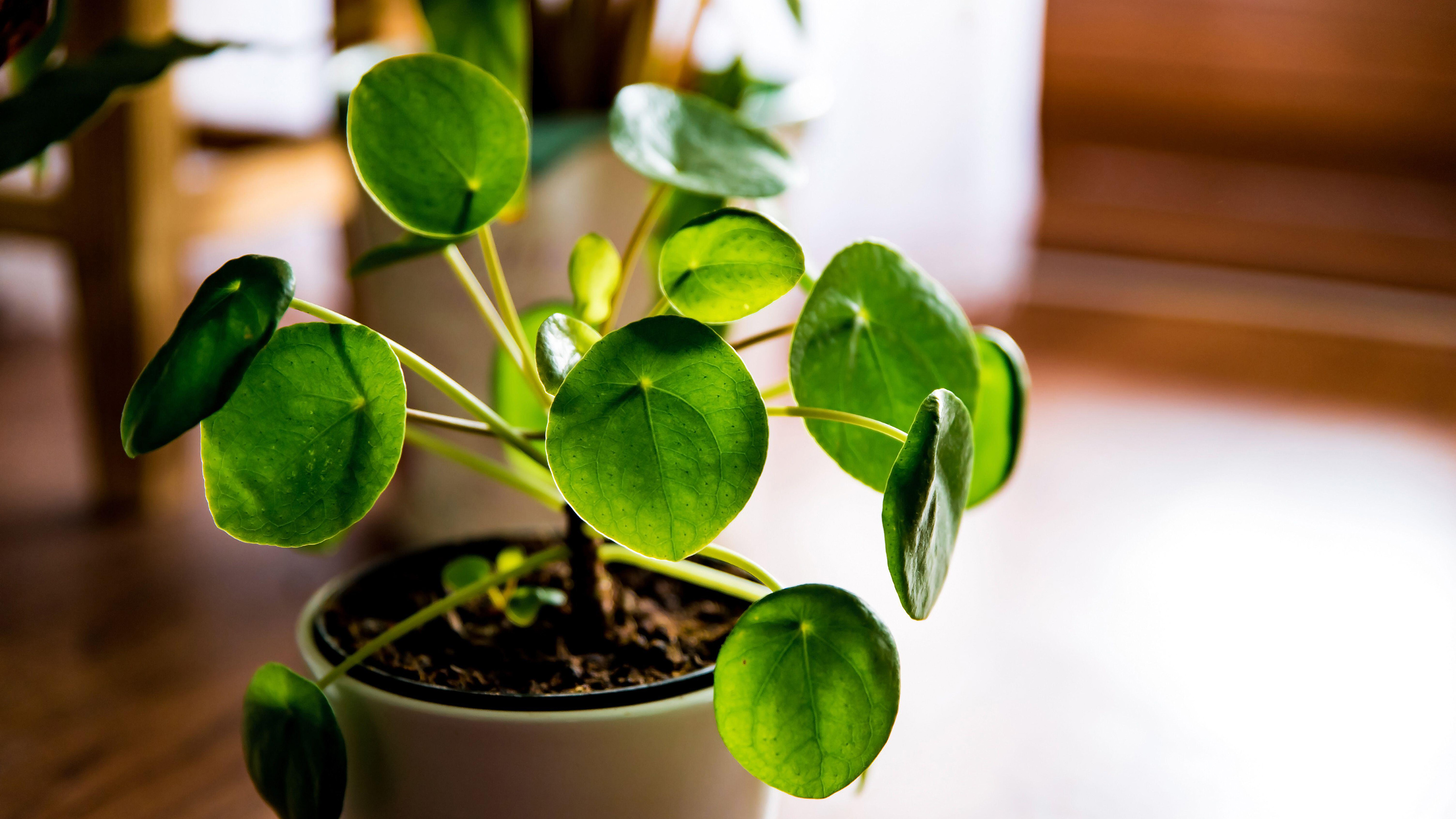
Highly prized for its distinctive round leaves, the beautiful Chinese money plant (Pilea peperomioides) has become an internet sensation, gaining celebrity status for its elegant appearance and easy-going ways.
It hails from southern China and is said to bring luck and good fortune to its owners, hence the name, but its saucer-like foliage has given rise to other epithets, including the pancake plant and UFO plant. You may also find it listed as the missionary plant, a name adopted after Norwegian missionary Agnar Espegren brought it to Europe from China in 1946.
This little plant grows to about 12x12in (30x30cm) and the glossy green foliage splays out from a central stem to create a leafy dome, so give it plenty of space to develop its natural shape. As the plant matures, it could also produce tiny white or pink flowers in spring.
Use your money plant to dress up a desk or coffee table along with your other best indoor plants, or plant it in a hanging basket where you can admire the leaves at eye level. However, sunny windowsills will be too hot for it during the summer months where the strong rays can scorch its delicate leaves.
3 top tips for Chinese money plant care
If you are looking to creating a striking indoor garden idea, try partnering your Chinese money plant with others in the Pilea family that enjoy the same growing conditions, such as the aluminium plant (Pilea cadierei), which has dark green spear-shaped foliage decorated with lacy white patterns. They'll also look great grouped together on a desk as one of the best office plants.
1. Don't underwater your Chinese money plant
From spider plants to snake plants there are so many indoor plant varieties whose health will suffer from overwatering just as much as underwatering. The lower leaves of the Chinese money plant have a naturally drooping habit, but if the plant starts to collapse it may be the result of over or underwatering. Underwatering is easy to solve – simply water it as described in the next step.
An overwatered plant will need to be left to dry out on a draining board for at least a week, and repotted in a container with drainage holes in the base, if it’s not already in one. However, if the roots have already started to rot, you may have to dispose of the plant if it doesn’t recover, as there is no cure for this.
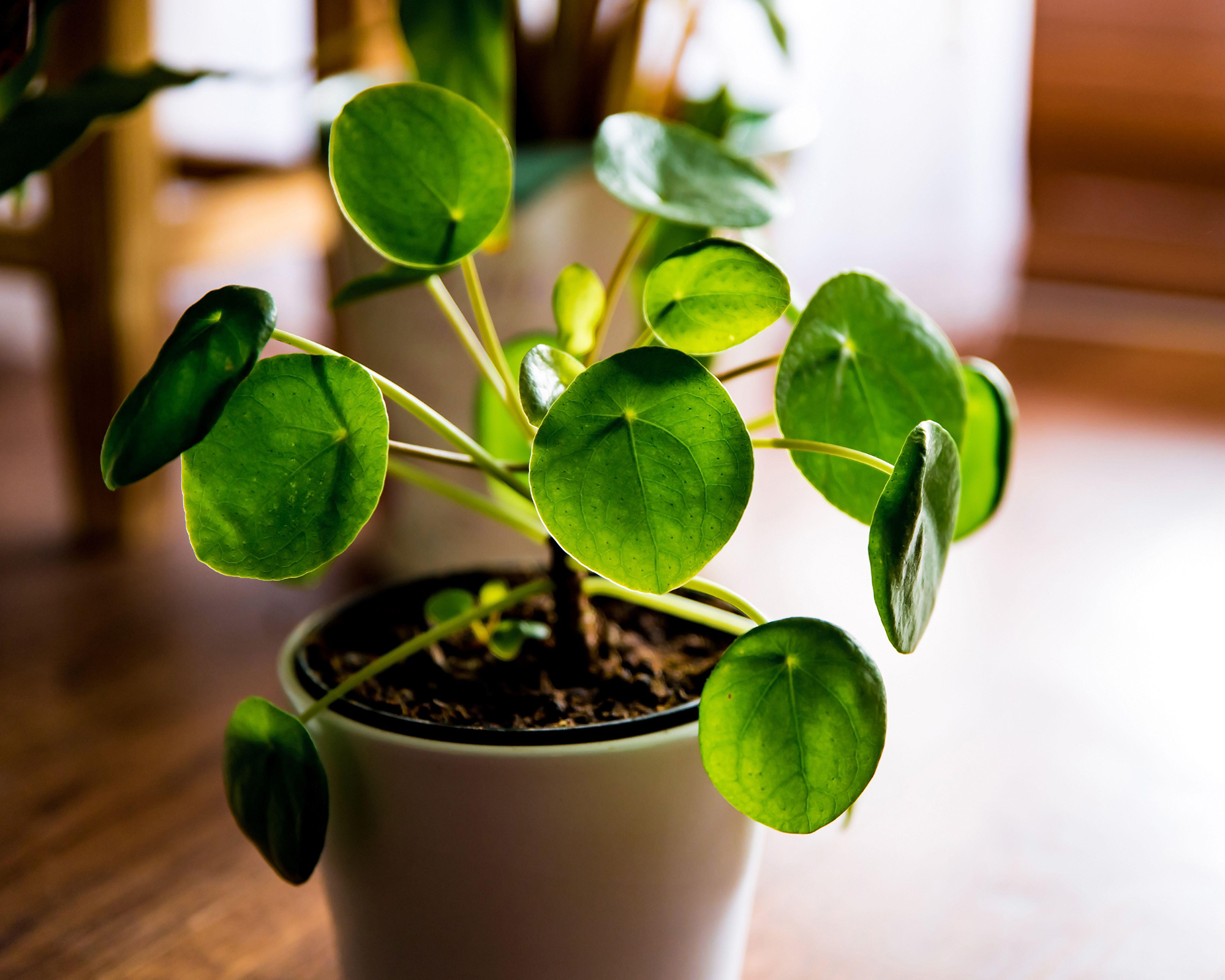
2. Give your Chinese money plant the right nourishment
The Chinese money plant is quite drought-tolerant and will not balk if you forget to water it for a week or so. In fact, it will prefer neglect to being overwatered, making it a great low maintenance indoor plant. Too much water which will quickly lead to rot and its early demise.
To prevent soggy compost, plant it in a pot with drainage holes in the base and then pop it inside a waterproof container to display your plant. Only water when the top of the compost feels dry, removing the plant from its waterproof pot and running it under the tap over a sink – then leave it to drain. Reduce watering in winter, so that the compost is just moist.
These plants are not greedy feeders and require a half-strength balanced liquid feed every fortnight from spring to fall to keep their foliage healthy.
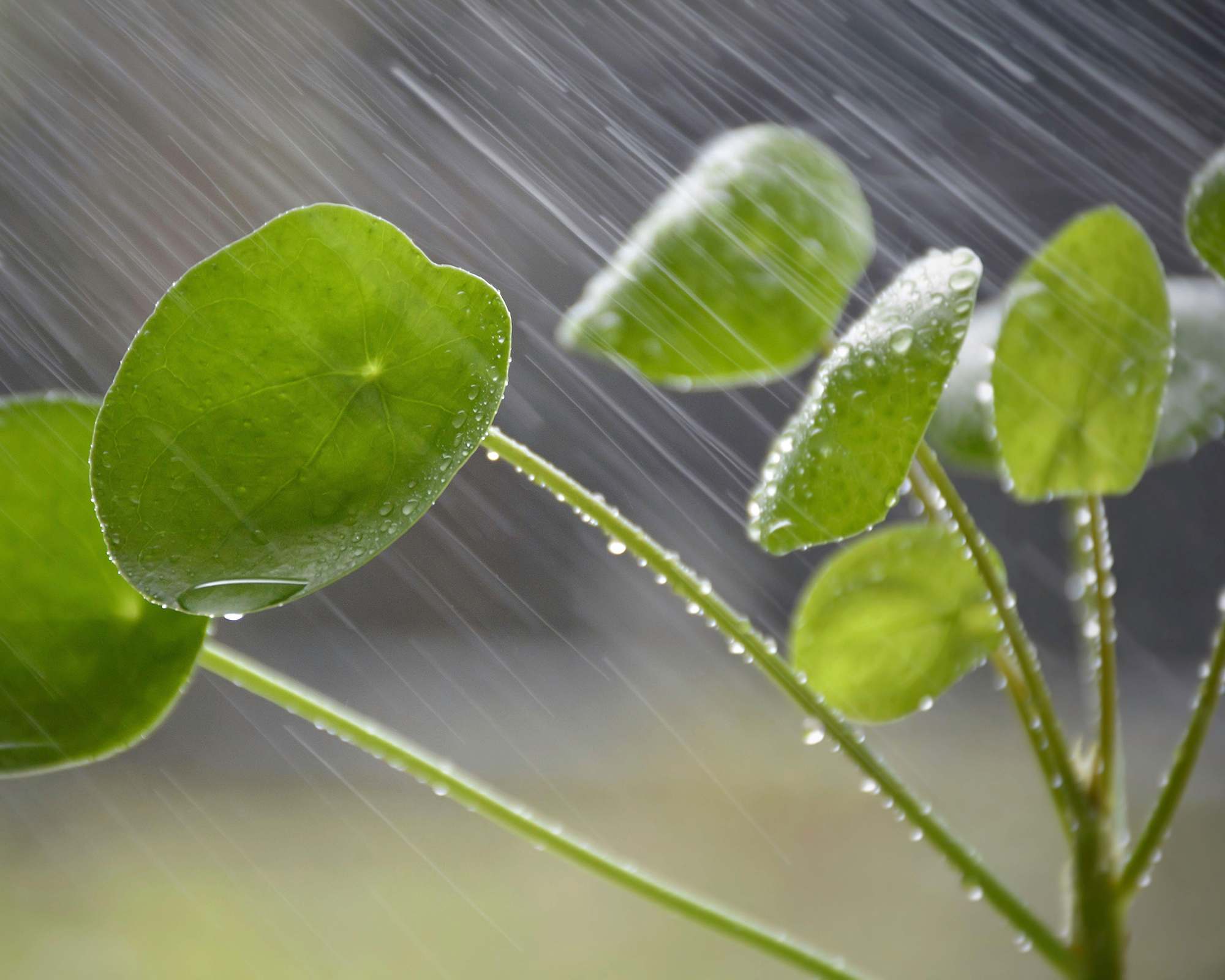
3. Place your plant in the right place
These pretty foliage plants grow in partly shaded areas in mountainous regions, which means they are adapted to thrive in some sun, but not too much. In reality, this means placing them away from a window, unless it’s north-facing (in the northern hemisphere), where the light is less intense.
They are generally not too fussy about drafts but will not like areas close to radiators and other heaters, which will dry out their leaves. To maintain their domed shape, all the leaves need to receive equal amounts of light, so turn the plant every week to prevent it stretching towards the window and becoming lop-sided.
It needs a moderate amount of humidity, and will grow well as a kitchen plant or as a plant for bathrooms, given the right light conditions. Elsewhere in the house, mist the foliage regularly, and ensure the temperature does not dip below 54˚F (12˚C) in winter.
You can grow a Chinese money plant outside in summer in areas where night-time temperatures do not regularly fall below 50–54˚F (10–12˚C). Just ensure it is in a pot with drainage holes in the base, and place it in sheltered, shady spot out of direct sun.
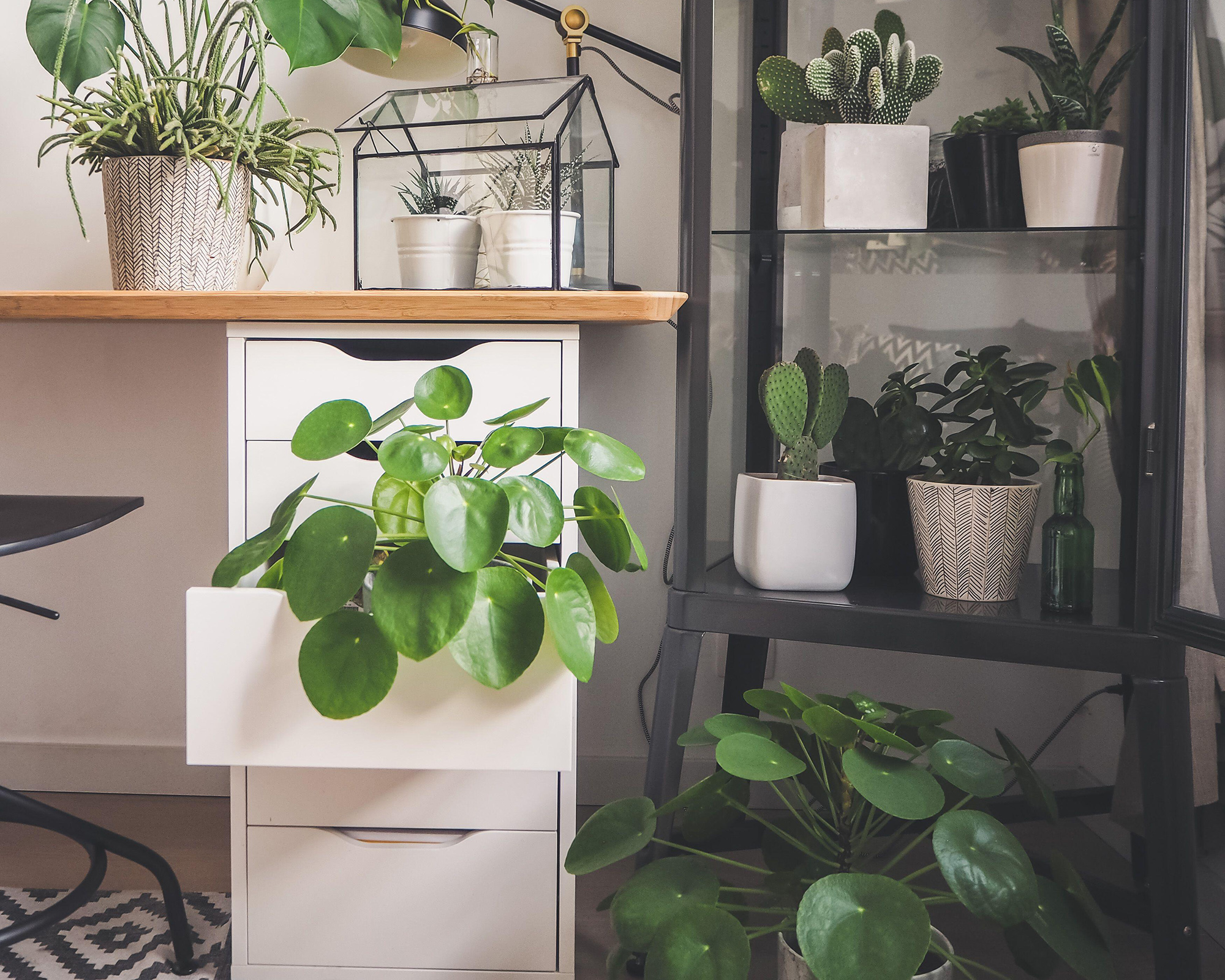
Key problems with Chinese money plants
As with your prayer plants, brown spots on the leaves are usually caused by scorch, which means your plant is too close to a bright window or a heater. To rectify the problem, move it back further into the room or hang a net or voile curtain of the window, or move it away from the heat source.
Check plants regularly for signs of pests and remove any affected parts immediately or wipe off pests with a soft damp cloth if you can. Scale insects, which look like small brown lumps on the leaves, can be more difficult to remove. Dip a small paintbrush into methylated spirit and gently dab it on the pests to kill them. You may have to discard heavily infested plants.
Powdery mildew, which causes a white, dusty coating on the leaves and stems, can be problem for these plants. It is often caused by poor drainage, so follow the watering guidelines above. Also, take care not to over-fertilize your plants, which can cause soft growth that’s prone to this disease.
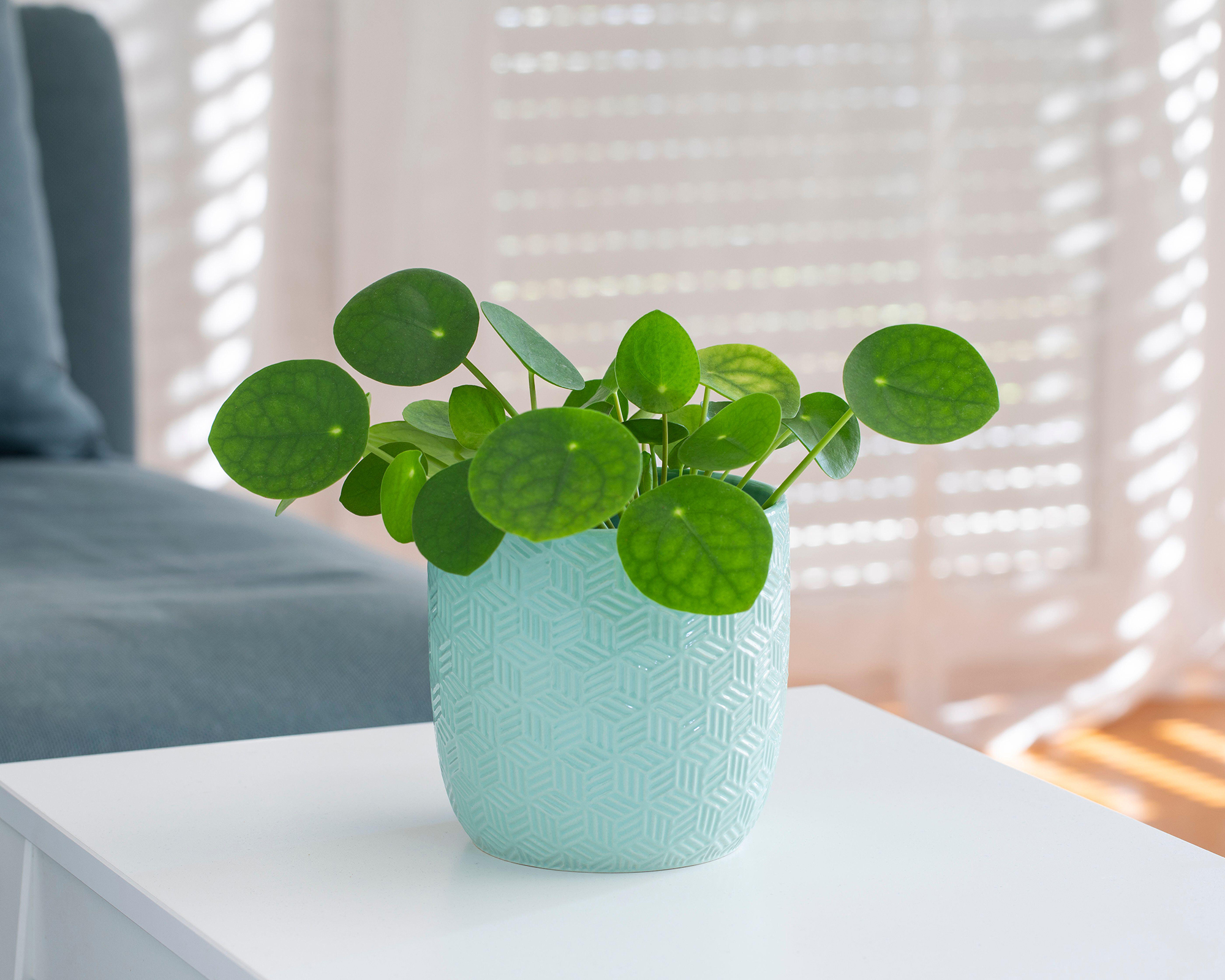
Why are the leaves on my Chinese money plant turning yellow?
The leaves of a Chinese money plant may turn yellow for a number of reasons. Lack of moisture or too much water will cause this problem. As they aren't low-light indoor plants, insufficient sunlight could also be the reason behind yellowing foliage.
Check that the plant’s compost is not too dry and water, as described previously, if it is. If the compost feels wet, remove the plant immediately from its waterproof container, repot it if necessary in a pot with drainage holes in the base, and leave it to dry out on a draining board.
A lack of light will cause the leaves to turn pale yellow and then white, which can occur naturally when the old, lower leaves are shaded out by those above them. This is not a problem and you can simply leave the foliage to fall or snip it off to keep the plant looking neat. However, if you are growing your plant in very low light conditions, try to find a slightly brighter location for it.
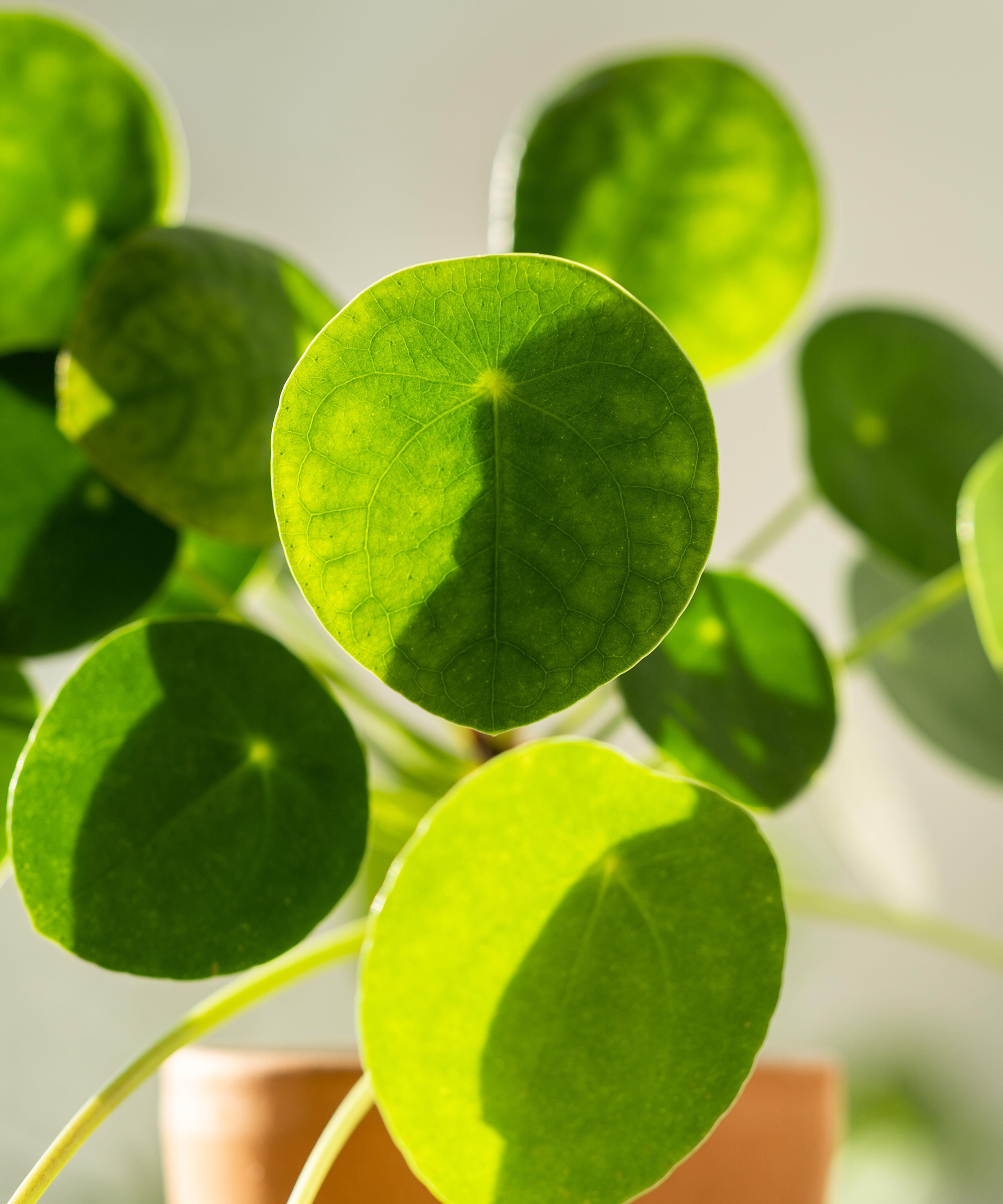
What does it mean when a Chinese money plant flowers?
Chinese money plants can't be referred to as flowering indoor plants like orchids or gardenias. However older plants may produce tiny flowers, but it is not a given that they will appear. Some Chinese money plant parents notice the little branched flowering stems developing in spring after a cooler period over winter, which would occur in its natural habitat.
Keeping your plant at about 54˚F (12˚C) throughout the winter months may encourage the little blooms to appear later in the year. If you are lucky enough to see flowers, you may also notice that they release a puff of pollen, which will settle on and pollinate the female flowers on your plant. Tiny seedpods will then form, and you can collect the seeds and grow new plants from them.
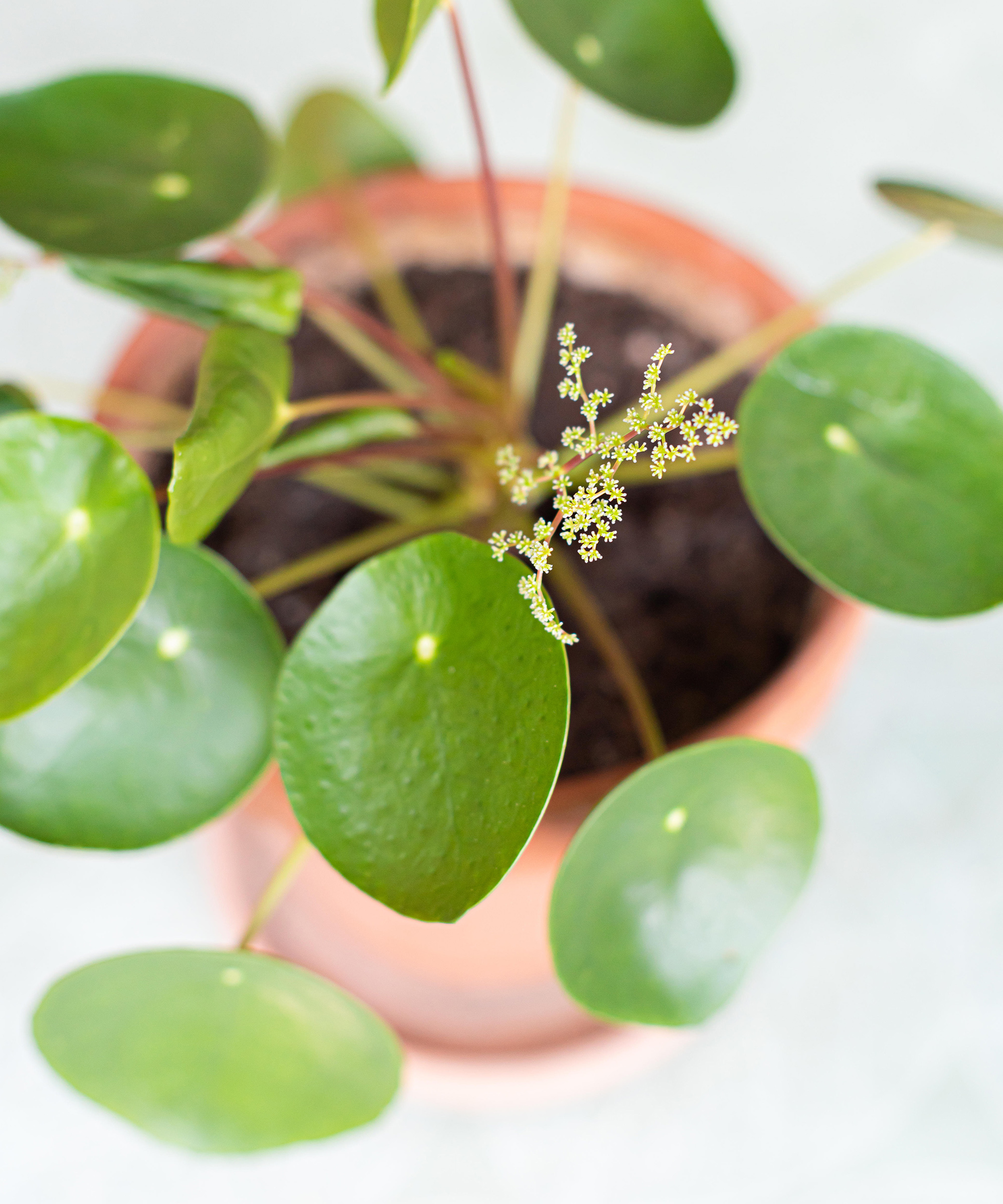
How do you make a Chinese money plant bushy?
As money plants mature they can lose their domed habit as the central stem grows taller – if left to their own devices, they can reach 20in (50cm) or more. To retain its domed, bushy shape, snip or pinch off the tip of this central stem, which will encourage more leaves to form lower down on the plant.
You can also create a bushier-looking plant by leaving the little baby plants, known as ‘pups’, that develop around the mother to grow. These make good indoor hanging plants for displaying in hanging baskets.
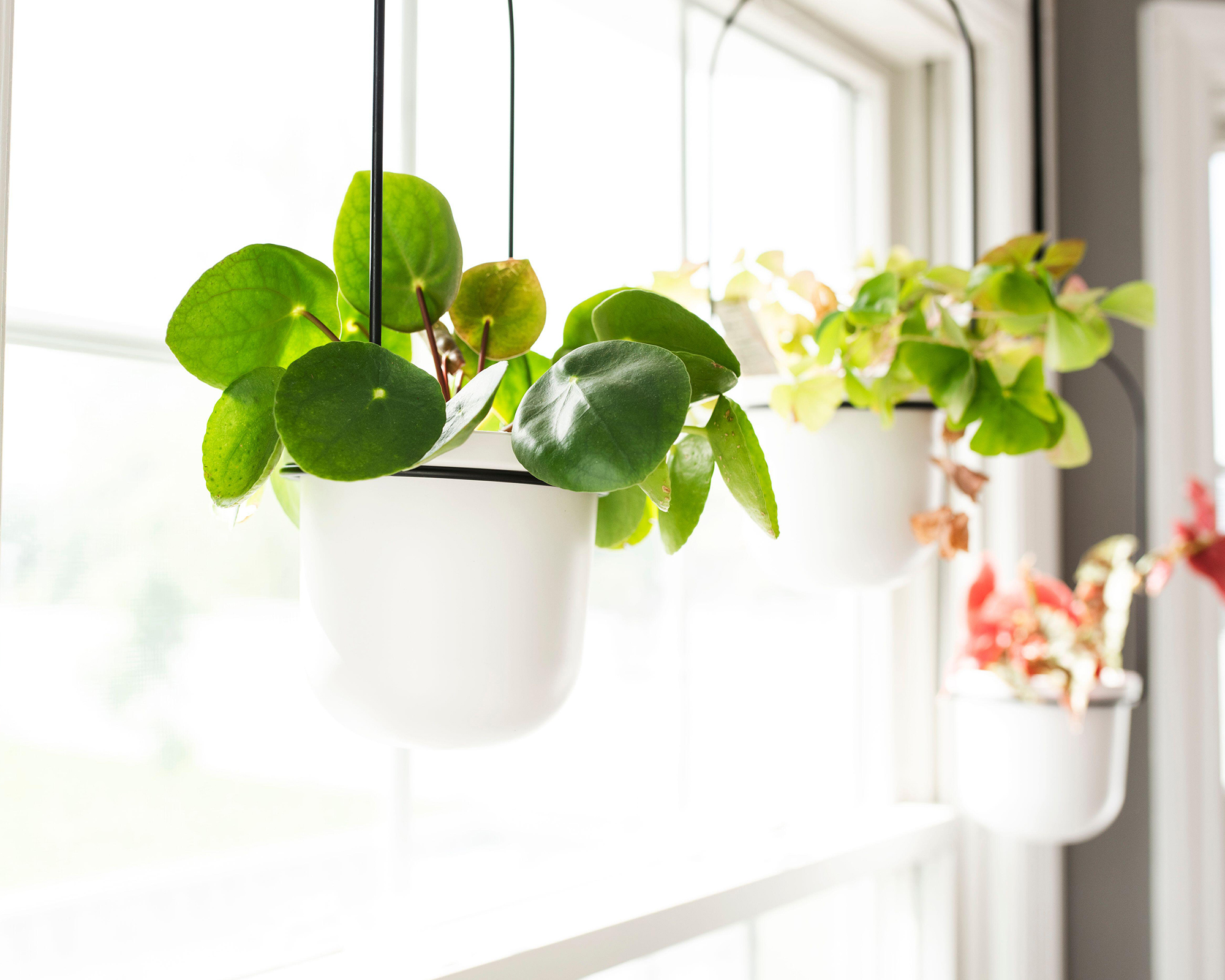
Where to buy a Chinese money plant
Shop Chinese money plants in the US:
- Shop Chinese money plants at Amazon
- Shop Chinese money plants at Target
- Shop Chinese money plants at Walmart
Shop Chinese money plants in the UK:

Zia Allaway is a garden book author, editor, and journalist, and writes for a range of gardening and women’s magazines, including Easy Gardens, Homes & Gardens and Livingetc, as well as The Guardian and The Daily Telegraph newspapers. She has also written books for the Royal Horticultural Society and Dorling Kindersley publishers, including Eco-Gardening, Compost, Low Maintenance, Practical House Plant Book, Practical Cactus & Succulent Book, Indoor Edible Garden, What Plant Where, and the Encyclopedia of Plants and Flowers.
